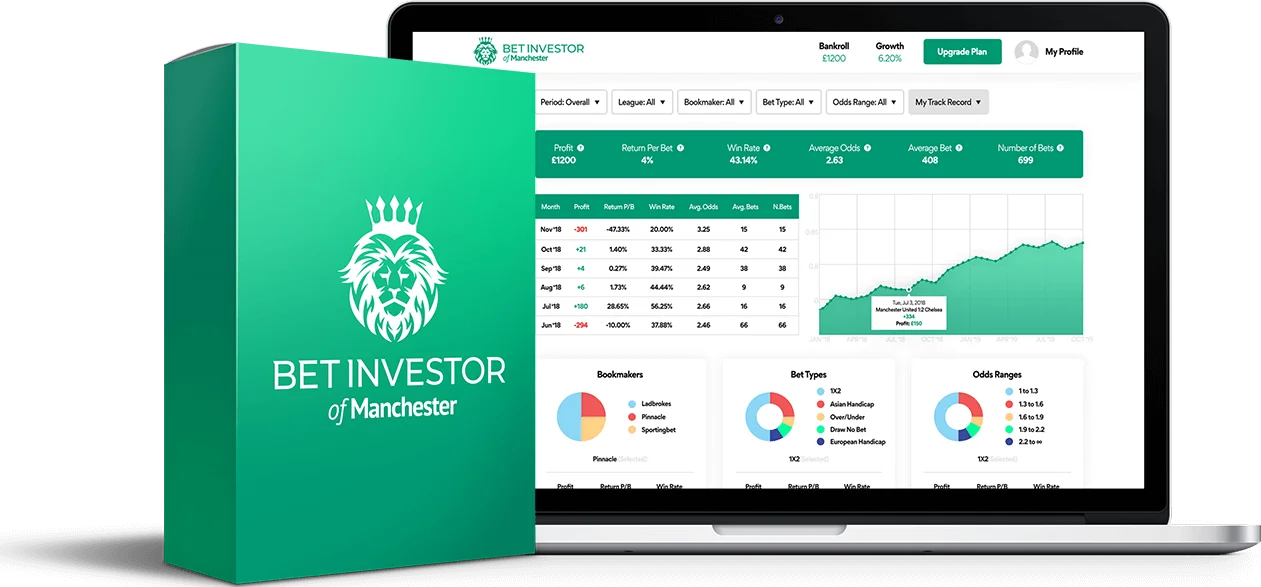When deciding how much money to allocate towards sports betting, it’s important to consider your affordability, risk tolerance, and target earnings.
Affordability
The cardinal rule of sports betting is that you should only bet with money you can afford to lose. Betting beyond your means puts you at financial risk and adds unnecessary psychological pressure, which could impair your judgement.
Consider how much you can afford to lose without affecting your standard of living and budget accordingly. It’s also prudent to separate your bankroll from your everyday funds.
Ring-fencing money solely intended for sports betting will reduce the emotional impact of losing streaks. The ability to withstand drawdowns puts you in a position to capitalise on the winning streaks that eventually follow.
Risk tolerance
Risk and reward in sports betting are inextricably linked. Some bettors prefer high stakes, while others are more comfortable with smaller stakes. Neither approach is inherently wrong provided that you’re placing bets with positive expected value while employing sound bankroll management.
Risk tolerance refers to how comfortable you are with taking risks. Understanding your own risk thresholds will help you decide how much to set aside for betting.
Smaller stakes protect your bankroll from short-term variance and minimise the psychological impact of individual losses. On the other hand, the smaller your stake, the longer it takes to accumulate significant returns.
In contrast, higher stakes entail deeper drawdowns and bigger emotional swings. During winning streaks however, you’re able to grow your bankroll at a faster rate.
Target earnings
Setting a specific earnings goal can be a good starting point for calculating your bankroll size. Historical performance can give you a rough estimate of expected profitability.
Example:
Target earnings: Suppose you aim to earn £500 a month.
Expected ROI: Since launch, our model has yielded a 5.7% historical return on investment (ROI). For simplicity’s sake, let’s assume a 5% future ROI.
Monthly Turnover: To earn £500 a month based on 5% ROI, you will require a monthly turnover of £10,000 (£500 ÷ 5%).
Stake per Bet: We typically send out approximately 50 tips each month*. Assuming you place 50 bets a month, your stake per bet would need to be £200 to achieve a turnover of £10,000 (£10,000 ÷ 50).
Starting Bankroll: We recommend betting no more than 2.5% of your total bankroll on a single bet. If you stake £200 per bet and that represents 2.5% of your bankroll, you will require a starting bankroll of £8,000 (£200 ÷ 2.5%).
Summary:
£500 (target earnings) ÷ 5% (expected ROI) = £10,000 (monthly turnover)
£10,000 (monthly turnover) ÷ 50 (bets) = £200 (stake per bet)
£200 (stake per bet) ÷ 2.5% (of bankroll) = £8,000 (starting bankroll)
Adjust the formula to calculate the size of your bankroll. When calculating profit, remember to deduct your monthly subscription fee.
Since our cheapest option is the 12-Month plan priced at £15.90/month, we recommend a minimum bankroll of £500 for the service to remain feasible after you deduct our fees.
Ready to join Bet Investor? See our plans and choose the one that works best for you!
* The number of tips you receive each month will vary subject to the value opportunities available across the betting markets at that time.
* Past performance is not indicative of future results. With sports betting your capital is at risk and your bankroll can go up as well as down.



